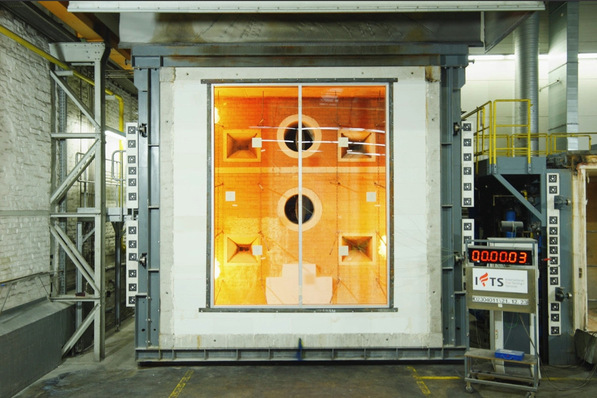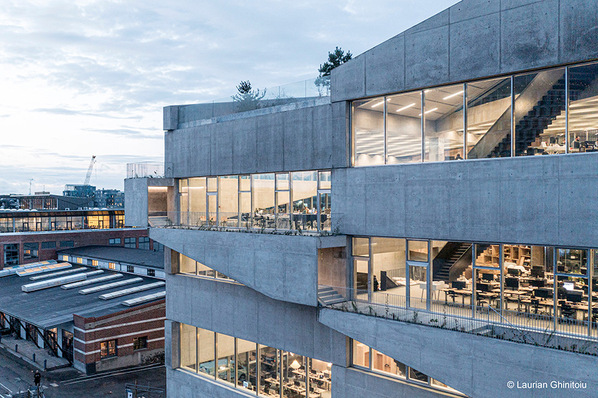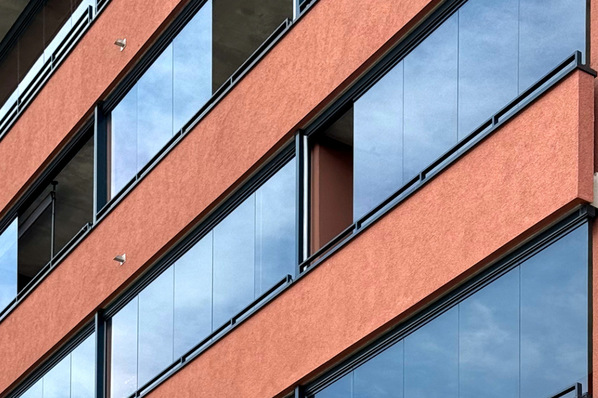In order to preserve the historical aesthetics, the replacement of the mostly still installed single glazing with the delicate Fineo vacuum glass is a good idea. At 0.7 W/(m2K), the monolithic glass, which is only a few millimetres thick, insulates as well as thick triple thermal insulation glass and is "tailor-made" to fit into the existing window profiles. The time required for installation is only a few hours after a prior measurement appointment. Unlike a complete window replacement, there is no soiling or costs for painting or façade work.
See also: Vacuum insulating glass versus triple insulating glass
The vacuum glass "Fineo" transforms old and historic windows into energy savers by replacing the glass - and the aesthetic wooden profiles and window frames remain intact.
How is Fineo vacuum glass constructed?

Fineo
Fineo consists of two panes of glass at least 3 mm thick, which permanently seal a 0.1 mm thin vacuum and a thermal insulation coating. Unlike conventional vacuum glazing, Fineo does not require an evacuation opening, seals or similar - the glass panes are inorganically fused together in a thin edge area during the production process.
Since historic glazing often has arched shapes or other geometric peculiarities, Fineo is made to measure for every silhouette - as "Fineo Heritage" also with historicising glass panes for different architectural eras. For additional sun shading, safety and maximum sound insulation, the variants "Fineo Solar Control", "Fineo Safety" and "Fineo Acoustic" are available.
What other advantages does vacuum insulating glass offer?
In addition to significantly lower heat consumption, users also benefit from greater comfort: the surface temperature of the room-side glazing always remains close to that of the room and there is no longer a "veil of cold" in the vicinity of the glazing. In late autumn and winter, when the sun is usually low in the sky, Fineo achieves high solar energy gains, further reducing the need for heating.
Also interesting: XXL insulating glass units: Weighing tons and still sensitive
The "acoustic comfort" also increases: compared to conventional insulating glass, Fineo reduces noise pollution by an average of 3 decibels (RW). In the frequency range of traffic noise, this corresponds to a "perceived" halving of the volume. Technically, Fineo is also a long-term investment. The vacuum sealed in the glass remains constant as long as the glass does not break.













